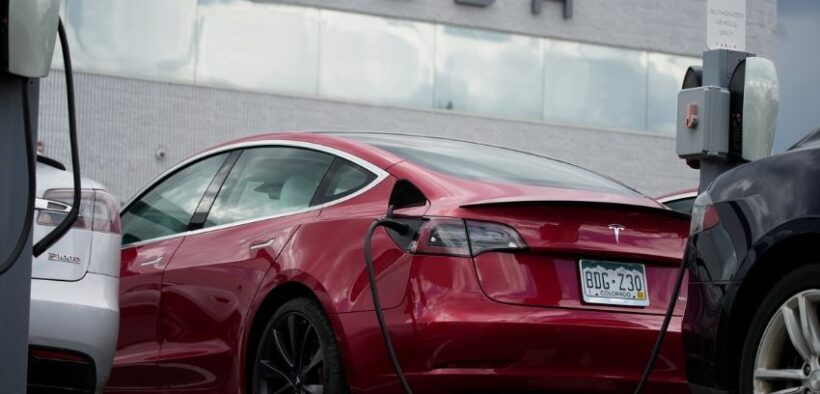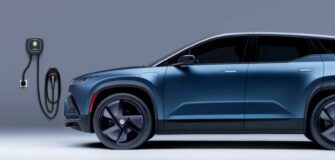EV Revolution: How Tesla Keeps Lowering Prices and Setting Trends

Tesla’s relentless commitment to affordability has once again shaken the automotive industry. With numerous price reductions throughout the year, Tesla continues to outprice even its gasoline-powered competitors. The latest round of price cuts has significantly lowered the cost of owning a Tesla, making the electric vehicle (EV) option more appealing than ever.
In September, new cars had an average transaction price (ATP) of $47,899, as reported by Kelley Blue Book. While new car prices have gradually improved in recent times, they remain relatively high. However, Tesla’s latest price cuts have made their base models remarkably affordable. The entry-level Model 3 sedan now starts at just $38,990, and the most affordable Model Y SUV is now available at $43,990. After factoring in the $7,500 federal tax credit, the Model 3 can be owned for just $31,490, and the Model Y for $36,490. This is not to mention potential state incentives that can further sweeten the deal.
Remarkably, both prices are several thousand dollars below the average cost of a new vehicle. It’s essential to recognize that list prices can differ slightly from the actual transaction prices, especially considering manufacturer incentives that average about 4%, according to data from Cox Automotive.
In Tesla’s case, the pricing depends on the trim levels, which could slightly affect the average. However, their sticker prices are close to their transaction prices. Just last month, the Model 3 had an ATP of $41,484, still significantly below the overall average, while the Model Y transacted, on average, for $53,069, which is above the average but relatively close.
Tesla vehicles, as a whole, now have an ATP of $50,931. While this is driven up by their more expensive Model S and Model X, it’s down by almost 25% from a year earlier. This means that Tesla’s ATPs are now even lower than luxury competitors such as Acura, Lexus, Infiniti, and Volvo, according to Kelley Blue Book.
The journey of Tesla’s pricing has been a rollercoaster ride in recent years. The pandemic led to a surge in new and used vehicle prices. Although new car pricing has remained relatively steady year-over-year, down just $360 from the previous September, used car pricing has shown more variation. Ongoing UAW strikes could potentially impact the market and disrupt any progress made in pricing and inventory this year.
Electric vehicle prices have been a topic of debate, with EVs trading for an average of $50,683 last month, down from a staggering $65,000 just a year earlier. Tesla deserves much of the credit for this 22% drop in EV prices overall. While there are less expensive EVs available, Tesla’s relentless efforts have focused on making electric cars more accessible, particularly to mainstream car buyers.
While these price cuts may impact Tesla’s profits, they’re driven by a commitment to achieving price parity. As EV prices draw closer to those of internal combustion engine vehicles, more consumers are likely to consider the switch to electric. Despite growing competition in the EV market, Tesla remains the dominant player, continually pushing the boundaries of affordability and accessibility. Tesla’s quest to make EVs more affordable is not only reshaping the automotive landscape but also shaping a greener future for all.









